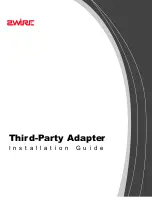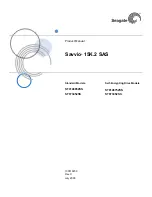
ExtremeWare XOS 11.5 supports only the Summit X450 family of switches and the BlackDiamond 8800 series switch.
ExtremeWare XOS 11.5 Command Reference Guide
45
2
Commands for Accessing the Switch
This chapter describes commands used for:
●
Accessing and configuring the switch including how to set up user accounts, passwords, date and
time settings, and software licenses
●
Managing passwords
●
Configuring the Domain Name Service (DNS) client
●
Checking basic switch connectivity
●
Enabling and displaying licenses
●
Returning the switch to safe defaults mode
ExtremeWare XOS supports the following two levels of management:
●
User
●
Administrator
A user-level account has viewing access to all manageable parameters, with the exception of:
●
User account database
●
SNMP community strings
A user-level account can change the password assigned to the account name and use the
ping
command to test device reachability.
An administrator-level account can view and change all switch parameters. It can also add and delete
users and change the password associated with any account name. The administrator can disconnect a
management session that has been established by way of a Telnet connection. If this happens, the user
logged on by way of the Telnet connection is notified that the session has been terminated.
The DNS client in ExtremeWare XOS augments certain ExtremeWare XOS commands to accept either IP
addresses or host names. For example, DNS can be used during a Telnet session when you are accessing
a device or when using the
ping
command to check the connectivity of a device.
The switch offers the following commands for checking basic connectivity:
●
ping
●
traceroute
The
ping
command enables you to send Internet Control Message Protocol (ICMP) echo messages to a
remote IP device. The
traceroute
command enables you to trace the routed path between the switch
and a destination endstation.
















































